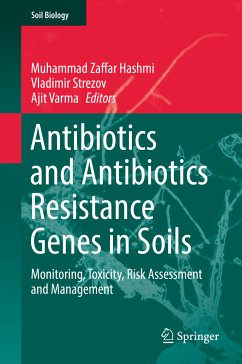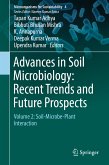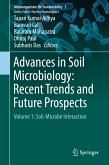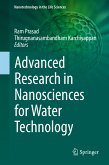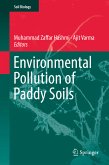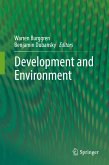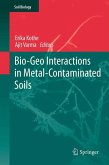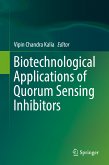Gathering contributions by international experts, the book addresses both theoretical aspects and practical applications.The topics discussed include antibiotics-producing microorganisms; the routes of entry and fate of antibiotics and resistance genes; biomonitoring approaches; dissemination of ARGs in soils; risk assessment; the impact of antibiotics and ARGs on the soil microbial community and other biota; bioremediation and biodegradation approaches; and soil management strategies for antibiotics and ARG-contaminated soils.As such, the book will be of interest to students, researchers and scholars in environmental science and engineering, toxicology, the medical and pharmaceutical sciences, environmental biotechnology, soil sciences, microbial ecology and plant biotechnology.
Readers and Journals:
1. This new volume on antibiotics and antibiotics resistance genes (ARGs) in the soil environment will be of interest to students, researchers and scholars in environmental science and engineering, toxicology, the medical and pharmaceutical sciences, environmental biotechnology, soil sciences,microbial ecology and plant biotechnology.
2. The book will provide government authorities all over the world with effective strategies for the management of antibiotics and antibiotics resistance genes (ARG)- contaminated soil.
3. Gathering contributions by international experts,the book addresses both theoretical aspects and practical applications.
Dieser Download kann aus rechtlichen Gründen nur mit Rechnungsadresse in A, B, BG, CY, CZ, D, DK, EW, E, FIN, F, GR, HR, H, IRL, I, LT, L, LR, M, NL, PL, P, R, S, SLO, SK ausgeliefert werden.

